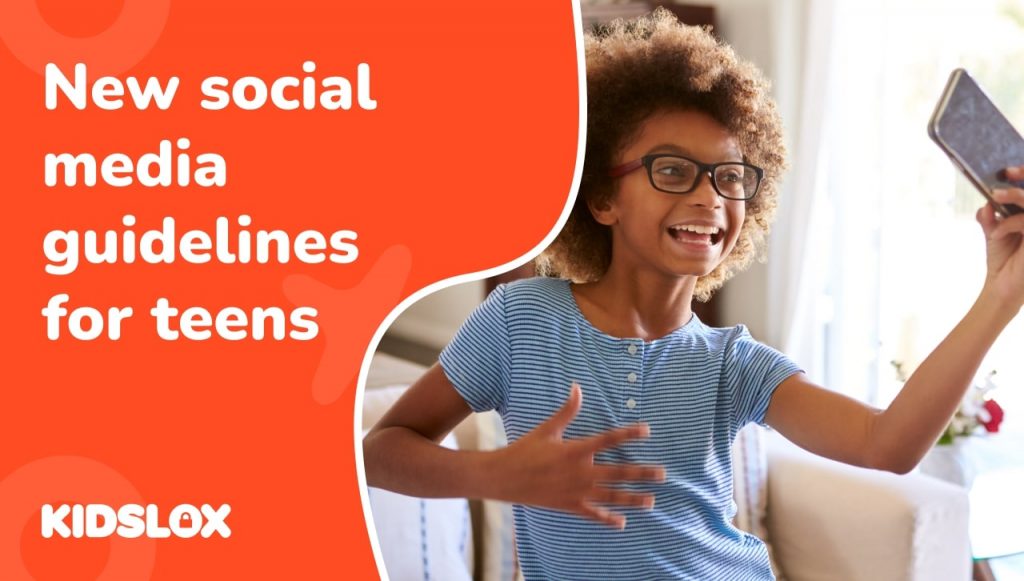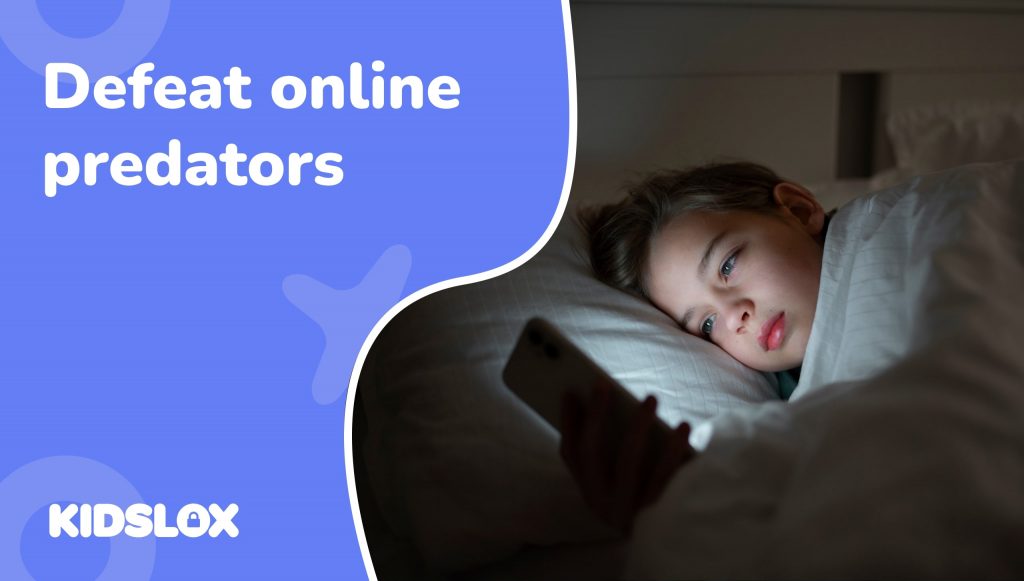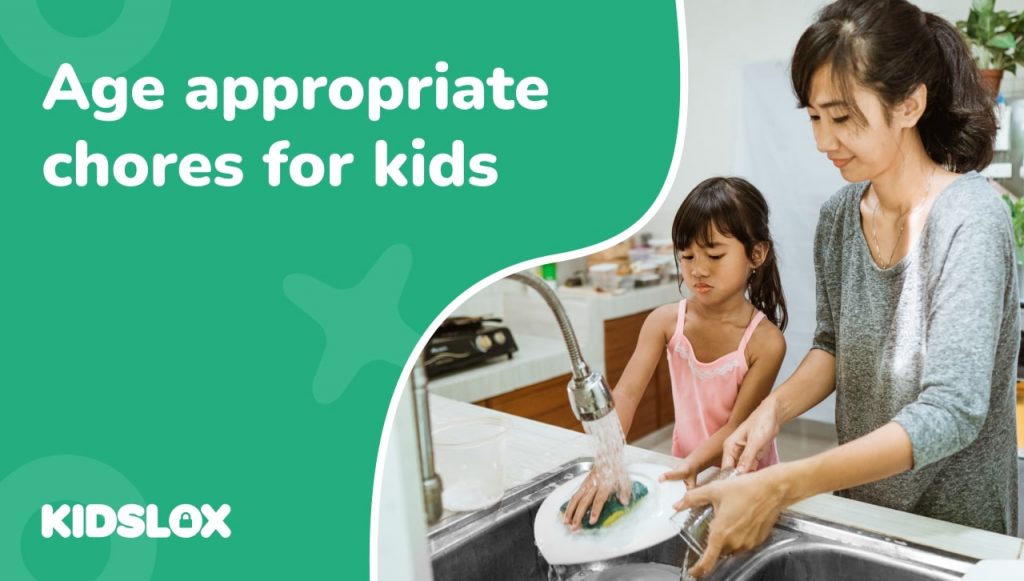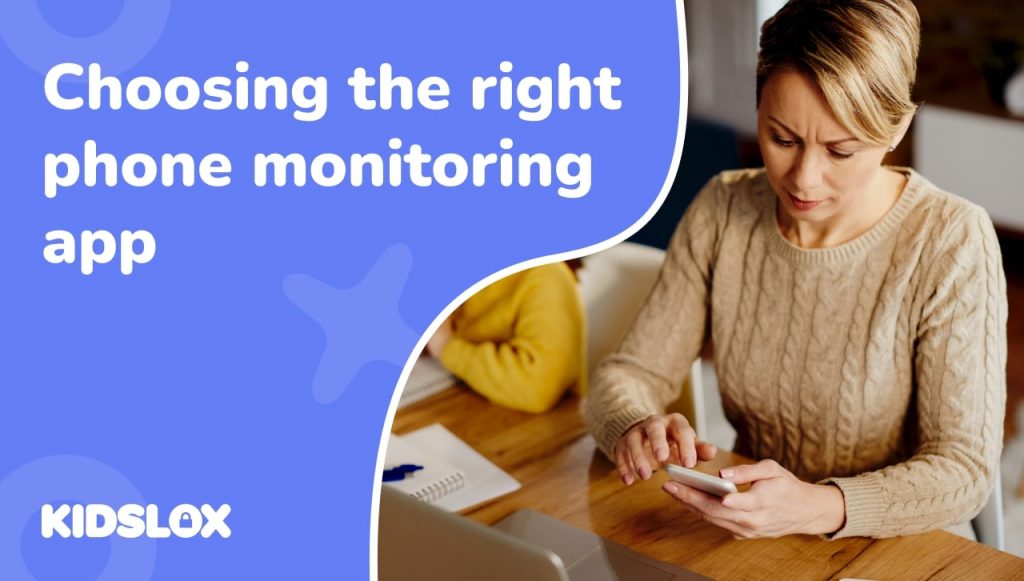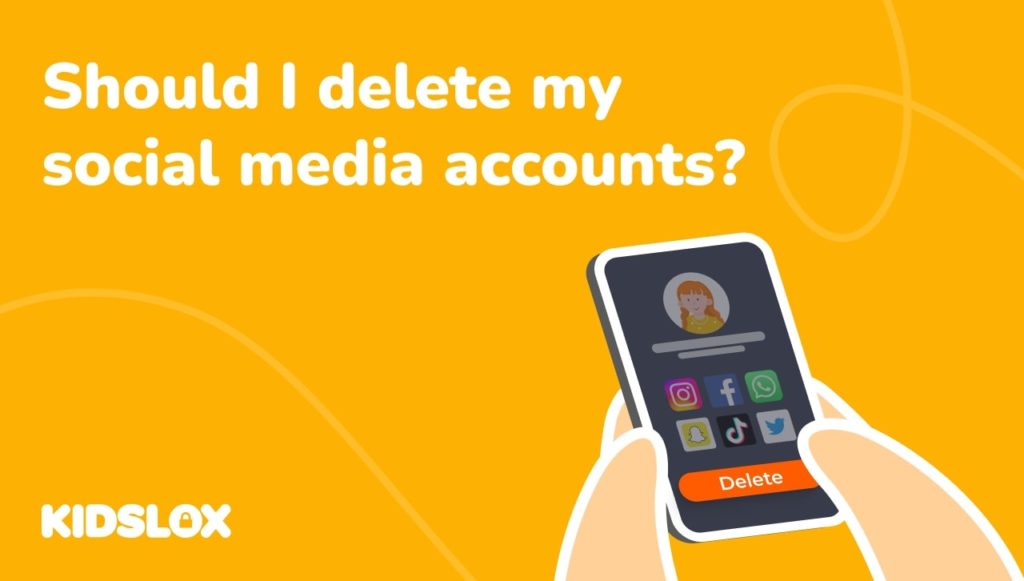What’s the latest advice for parents concerned about their teens’ life online?
Does social media have a negative impact on teenagers’ mental health? It’s a question that many parents worry about. As our children spend more time on their devices, immersed in their digital worlds, concerns about body image, comparison culture, access to pornography, violent content and cyber-bullying are all top of mind for today’s families.
Many researchers have explored the topic, but few agree on what the true emotional and mental toll of social media might mean for today’s children. Now, one of America’s most prominent mental health organizations, the American Psychological Association (APA), has released new advice regarding the impact of social media on teen mental health.
Dr. Arthur Evans, CEO of the APA talked to NPR about the latest advice, “Right now, I think the country is struggling with what we do around social media,” he explains that the advice the Association is sharing collates the science into the impact of social media to arm everyone “with the information that they need to be good parents and to be good policy makers in this area.”
While many have welcomed the advice, others have warned that the recommendations place too much pressure on parents to take responsibility for their children’s interactions with social media platforms. There is growing demand on tech companies and social media platforms to make more effort and introduce better procedures and technologies to protect youth from the harmful effects of social media on mental health.
In this Guide To, we share what the organisation is recommending, and give further insight and advice to caregivers on how they can encourage the most positive relationship possible between their teens and the social media world.
Here is a summary of the APA’s latest recommendations:
1. Prioritise healthy interactions
Teens using social media should be encouraged to do so in positive ways. We know social media can be a force for good when used responsibly, and so with guidance, children can find opportunities for healthy socialisation with others.
2. Children don’t understand the fine print
According to the APA, ‘Social media use, functionality, and permissions/consenting should be tailored to youths’ developmental capabilities; designs created for adults may not be appropriate for children’. In short, help your child when it comes to creating private profiles and how to navigate the more technical aspects of social media.
3. Age appropriate guidance is needed
In early adolescence (i.e., typically 10–14 years), parents and educators should monitor social media use and continue to coach children, helping to develop their social media and digital literacy skills. This can be slowly reduced as a teenager matures, balanced with the young person’s appropriate need for privacy.
4. Tech companies play a key role
One of the most worrying elements of social media is the access young people can have to content that is harmful. This includes illegal content and content that promotes high-risk behaviors, self harm and disordered eating. This should always be reported, removed and platforms’ algorithms and designs should not promote or share this content with impressionable audiences.
5. Racial abuse and hate content causes harm
All access to ‘cyberhate’ should be minimised, but the APA recognised that hate directed towards marginalized groups, including racial, ethnic, gender, religion and ability are particularly harmful.
6. Routine social media screening is recommended
The APA has suggested that teens should be monitored regularly for signs of problematic social media use – this is content that could impair their daily routines and severely impact their psychological health over time.
7. No phones in bedrooms!
We know that having a phone around can keep children awake, and disrupt the quality of their rest, but the APA recommends that parents should play a proactive role in supporting teenagers’ rest and keeping phones out of the bedroom to limit social media use before bedtime is a great place to start.
8. Digital literacy is an essential life skill
There’s no getting around the racing march of technology around us, and we must prepare our young people by teaching responsible and positive use as early as possible.
9. Be aware of comparison traps
Comparisons of beauty, success, and wealth are commonplace on social media. The APA’s advice is to be highly cognizant of this cultural phenomenon and to teach children early that comparison is the thief of joy.
10. We need to do more research
Technology is ever-changing and growing, and our kids are exposed to new platforms and trends every day. We must continue to fund research into how social media impacts teen mental health, now and in the long-term.
Social Media and Teens: why does it matter?
In today’s interconnected world, teenagers are growing up in an environment that’s vastly different from the experiences of their parents. ‘Digital natives,’ these individuals have known a world where information, entertainment, and social connections are just a click away.
Are there advantages to social media that could benefit teen mental health?
Empowerment and Self-expression: For countless teenagers, social media is more than a platform to share selfies or watch funny videos. It’s a stage, a canvas, a diary. Platforms like TikTok have given rise to countless teenage artists, dancers, and even educators. They can share their creations, get immediate feedback, and even gather a following that appreciates their unique voice.
Educational Resources: Platforms like YouTube are teeming with tutorial videos, academic lectures, DIY crafts, and much more. Teenagers can learn anything, from quantum physics to makeup, often for free. Additionally, there are dedicated groups, forums, and pages on platforms like Facebook and Reddit, where users discuss academic topics, helping one another with doubts and curiosities.
Connection: Beyond the stereotypes of teenagers engrossed in their phones, there’s an underlying human need they’re addressing: connection. Social media bridges geographical distances. Friends moving away, extended family living in different continents, or even making new friends from diverse backgrounds and cultures—all of it is possible thanks to these platforms. This is one of the core advantages that the APA recommends teens focus their energies into when using social networking sites.
Activism and Social Change: The stereotype of the apathetic teenager is being continuously challenged by the new generation’s use of social media. Platforms like Twitter have become grounds for socio-political discussions, where teenagers don’t just participate; they often lead. They organize events, mobilize their peers, and raise awareness on pressing issues, from climate change to social justice. Responsible digital citizenship is the way forward for these teens.
But with all these opportunities come challenges. The digital realm, while empowering, can also be a quagmire of misinformation, peer pressure, and unrealistic standards. All things that have a negative impact on quality of life, and emotional and mental health.
The Negative Impact of Social Media on Teens
With the rise of social media platforms, the traditional teenage years, once filled with face-to-face interactions and tangible experiences, now have a significant digital component. This shift brings its own set of unique challenges:
Comparison Culture: The age-old adage, “The grass is always greener on the other side,” finds new meaning in the era of social media. When teens scroll through their feeds, they’re inundated with images of ‘perfect’ lives—perfect bodies, perfect vacations, perfect relationships. Behind these images often lies hours of preparation, filtering, and even professional editing. Yet, the immediate perception it generates is one of spontaneous perfection, which many teens feel pressured to emulate. This continuous exposure to seemingly flawless lives can lead to feelings of inadequacy, self-doubt, and decreased self-esteem. Over time, this can manifest in more severe forms, such as body dysmorphic disorders or chronic anxiety.
Cyberbullying: In the digital realm, bullies don’t confront their victims face-to-face; they hide behind screens, often using anonymous profiles. This perceived detachment emboldens many to resort to cruelty they wouldn’t typically consider offline. Rumors, hurtful comments, and embarrassing pictures can spread at lightning speed, causing immense emotional distress. Given the always-on nature of the internet, victims feel there’s no escape. This continuous stress can lead to mental health issues and, in extreme cases, suicidal tendencies.
Sleep Disruption: The teenage brain is still developing, and adequate sleep is paramount for cognitive function, emotional well-being, and physical health. However, the allure of social media notifications, coupled with the blue light emitted from screens, disrupts sleep patterns. The need to stay updated, respond to messages, or simply scroll through feeds often trumps the need for rest. Chronic sleep deprivation can exacerbate stress, mood swings, and decrease overall academic and extracurricular performance.
FOMO (Fear of Missing Out): This term, born from the digital age, encapsulates a feeling that teens know all too well. Every notification, every post of friends laughing, every event check-in amplifies a sense of exclusion. Over time, this can cultivate a feeling of loneliness and isolation. A paradox emerges where even as teens are more connected than ever, many report feeling increasingly alone.
Information Overload: While the internet is a treasure trove of information, not all of it is beneficial. The continuous influx of news, memes, updates, and notifications can be overwhelming. This constant stimulation can decrease concentration spans and increase anxiety levels.
Online Echo Chambers: Social media algorithms are designed to show users content similar to what they’ve engaged with before. Over time, this can lead to the creation of echo chambers, where teens are only exposed to one-sided views, reinforcing their beliefs without challenging them or encouraging critical thinking.
Navigating the Social Media Landscape: Mental Health Advice for Parents
Raising teenagers has always been a journey filled with challenges and triumphs. With the advent of the digital age and social media, the landscape of parenting has expanded, bringing forth new terrains to navigate. In addition to the most recent APA guidance, we’ve pulled together a comprehensive set of tips to help parents guide their teens through the labyrinth of social media:
1. Open a Line of Communication: The digital divide between generations can sometimes feel vast. However, it’s essential to bridge this gap. It’s not just about asking your teen about their day; it’s about understanding their digital day. Encouraging dialogues about online experiences can unearth vital insights into their social media world. Conversations can revolve around the latest apps, viral challenges, or even issues they’ve encountered online. By establishing trust and understanding, you create a safe space where your teen feels comfortable sharing both the highs and lows of their online interactions.
2. Educate Yourself: Venturing into the realm of social media as a parent can be akin to learning a new language. Each platform has its own set of unwritten rules, trends, and cultures. Spend some time familiarizing yourself with these platforms. Not only will this allow you to understand the tools your teen is using, but it will also give you firsthand experience of the nuances and pressures of social media. Your teen is more likely to heed advice or understand boundaries if they feel you comprehend their digital world.
3. Set Boundaries: While it’s crucial to respect your teen’s autonomy and privacy, setting guidelines can ensure their well-being. Consider establishing tech-free zones in the house, such as the dining room, to encourage face-to-face interactions during meals. Another strategy could be setting a nightly “tech curfew,” ensuring devices are turned off or set aside an hour before bedtime, promoting better sleep.
4. Encourage Real-world Interaction: In an era of DMs and online comments, the importance of offline communication can’t be overstated. Encouraging your teen to participate in physical activities, whether it’s joining a sports team, attending a dance class, or even walking the family dog, can provide them with a refreshing break from screens. Additionally, face-to-face interactions, whether with family or friends, foster deeper connections and emotional skills that can’t be replicated online.
5. Monitor for Red Flags: With increased online engagement, it’s vital to stay vigilant to any signs indicating distress. These signs might include sudden withdrawal from social circles, a stark change in online posting patterns, loss of interest in hobbies, or even cryptic or concerning posts. Such changes might hint at cyberbullying, overwhelming online pressures, or other mental health concerns.
6. Empower With Digital Literacy: Knowledge is power. Equip your teen with skills to discern credible sources from unreliable ones, recognize cyberbullying, understand privacy settings, and practice good digital hygiene. This empowerment will not only serve them during their teenage years but also lay a foundation for responsible online behavior in adulthood.
7. Get help: Parental controls like Kidslox can help support you face the challenge of parenting in the social media age. By blocking inappropriate content, enhancing privacy, and giving you a view into your child’s social media accounts and behaviors, you have a silent hand helping you to guide your child through the digital world safely.
Parenting in the digital age might feel like uncharted territory, but with empathy, understanding, and guidance, it’s possible to ensure our teens harness the best of what social media offers while safeguarding their mental and emotional well-being.
The Digital Tightrope – Striking a Balance
In our rapidly evolving digital landscape, social media stands as a formidable presence, especially in the lives of our teenagers. Platforms that offer unprecedented opportunities for expression, learning, and connection, also cast shadows of peer pressure, unrealistic standards, and potential isolation.
For parents, this digital era presents a unique challenge: How do we protect and guide our children without stifling their independence or curbing their digital savvy? The answer lies in balance. By fostering open communication, immersing ourselves in their online worlds to some extent, and setting clear boundaries, we can create a harmonious blend of digital and real-world experiences for our teens.
It’s essential to remember that social media is a tool, and like all tools, its impact hinges on how it’s used. By providing our teens with the guidance, knowledge, and skills they need, we can help them navigate the online world with resilience and confidence.
In essence, our role as parents isn’t to shield our teens from the digital world entirely but to arm them with the awareness and tools they need to traverse it. Together, we can ensure that the narrative around social media and teen mental health is one of empowerment, growth, and well-being.
Kidslox was created in recognition of the challenges that parents face when confronted with the modern maze of social media. By setting limits on screen time, you can enforce agreed schedules through the power of technology. Parents concerned about their teens accessing inappropriate content, can block key words and sites to protect their child’s browsing experience, and even use the Telescope feature to look in real-time at what their children are doing online. Parental controls help to give parents an added tool in their supply box, and give peace of mind to know that they’re not navigating this complicated and ever changing landscape to protect them from harm.
